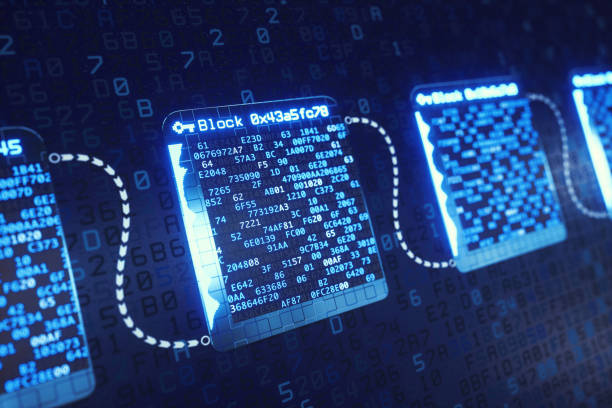However much you’ve heard about blockchain, it can’t be denied that there are plenty of myths surrounding the technology, as well as its use cases and potential impacts on businesses and individuals alike. In this article, we’ll discuss the top 10 myths about blockchain and why they’re wrong – not to mention what they ignore about its real capabilities and applications in the future of business and technology…
1: Only criminals use cryptocurrency

This is one of the most common myths about blockchain. It’s easy to see why people think this – Bitcoin was created as a way to send money anonymously. However, it’s important to remember that all transactions are public, which means criminals can be tracked down. Plus, it’s not just cryptocurrency that criminals use – they also use cash and other methods of payment such as stolen credit cards or wire transfers.
2: Blockchain is just a fad
Blockchain is not just a fad. It has the potential to revolutionize many industries, including banking, finance, real estate, insurance, supply chain management and more. For example, blockchain provides a transparent way for companies to track the origins of their products.
3: Bitcoin and Ethereum are the only successful cryptocurrencies

While Bitcoin and Ethereum are the most well-known, they are not the only successful cryptocurrencies. There are over 2,000 other types of cryptocurrencies that you may want to investigate.
4: ICOs are scams
Initial Coin Offerings, also known as ICOs, are just another way to raise money for a business. This type of fundraising has been around since the 90s when Netscape launched their IPO. While there are plenty of scammers out there, there is no reason to believe that an ICO is more likely to be a scam than any other investment opportunity.
5: Private blockchains are pointless

Private blockchains are pointless. If you want to use a blockchain you might as well use a public one, because private blockchains have all the same limitations. I mean, what’s the point? That just sounds like a waste of time, money and resources. What does that even mean: trust?
6: Blockchains are slow and expensive
Blockchains can be slow, but they don’t have to be. You can increase the speed of transactions by using a lighter blockchain protocol, such as Bitcoin Cash (BCH) or Litecoin (LTC). And on the other side of the spectrum, you can use a more robust blockchain protocol like Ethereum (ETH), which will increase transaction times but also provide more security.
Additionally, some blockchains are expensive to use.
7: Smart contracts are not secure

Smart contracts are not secure. The blockchain can be hacked like any other software system. If a hacker wants to, they can change the code in a smart contract.
A smart contract is a computer protocol intended to digitally facilitate, verify, or enforce the negotiation or performance of a contract; it is an agreement between two or more parties that is written in code as opposed to law drafted by humans
8: blockchains are not scalable
Blockchains are scalable. In fact, there are various blockchain projects that have achieved the scalability required to run global financial markets. These include Ripple (XRP), Bitcoin Cash, Litecoin, Monero, Dash, Ethereum, Cardano and IOTA.
9: Blockchain is only for financial applications

Blockchain is only for financial applications. It’s a common misconception that blockchain is only used for financial transactions. In reality, blockchain technology has been applied in a wide range of industries, from manufacturing to retail. For example, Walmart has partnered with IBM to use blockchain technology to track the movement of produce from farm to store shelf.
10: Governments will ban cryptocurrency
Governments can regulate cryptocurrency, but they cannot ban it. In fact, governments are embracing blockchain technology in many ways. For example, the Bank of England has begun to use blockchain technology to issue new banknotes and the Australian government is now using it to track the provenance of food products.

